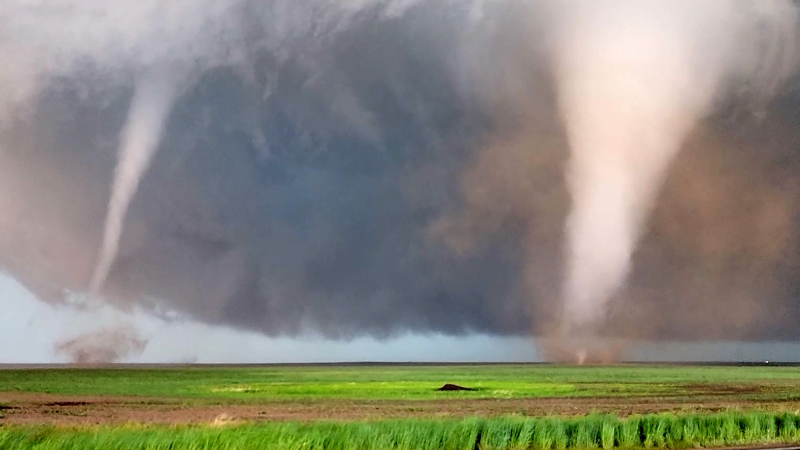Why do leaves change color in the fall?
From vivid reds to golden yellows, the science behind autumn’s colors reveals how weather, tree species and chemistry combine to create the seasonal spectacle.
AccuWeather Lead Long-Range Expert Paul Pastelok discusses the AccuWeather Fall Foliage Forecast.
Autumn heralds the arrival of cooler weather, shorter days and colorful scenes across the United States as trees start to prepare for the colder months ahead. The vibrant foliage can be credited to one thing: science.
The weather plays a major role in the vibrancy and timing of the peak of fall foliage, but the process starts with a part of the leaf itself called the abscission layer.
This layer of cells between the leaf stem and tree branch stops transporting nutrients and water to the leaf in early autumn, resulting in trees losing their leaves, AccuWeather Senior Meteorologist Paul Pastelok explained. This, combined with less sunshine and cool nights in autumn, slows down the production of green chlorophyll, which allows other colors to emerge.

A foliage-filled mountainside near Algonquin Provincial Park, Ontario, Canada. (Getty Images/Pierre Longnus)
The abscission layer also protects the sensitive area of the plant from wind, cold and dryness during the winter season.
What causes different colors
As chlorophyll production slows, other chemicals that are always in the leaves start to become more prominent, allowing colorful pigments to take over:
•Red: Anthocyanins
•Orange: Carotenoids
•Yellow: Xanthophyll

"Warm nights can hinder the production of anthocyanins, the pigments responsible for bright reds and purple color leaves," Pastelok explained. "An early frost or freeze can stop the leaf’s ability to produce red and purple pigments or just end color of foliage (more browns or increase fallen leaves)."
Colors also depend on the type of tree
Each tree species is unique with leaves that produce a different balance of chemicals. As a result, some trees have more yellow leaves, while others may have more red or orange leaves come peak foliage season.

Aspen trees in Colorado are famous for their golden yellow leaves, while some of the most colorful trees in the East are types of maples, the exception being the striped maple.
When do leaves reach peak color?
The peak dates for fall foliage in the U.S. vary from region to region. Colors change first in the North and in higher elevations, then spread south and to lower elevations.

Peak foliage typically occurs first in Colorado and other spots of the Rockies in September, along with a few pockets in northern New England.
By October, most of the deciduous trees across the country are changing colors, and lastly, areas in the Southeast peak in November.
The exact dates for peak colors are heavily dependent on the weather and can vary from year to year.
Report a Typo














